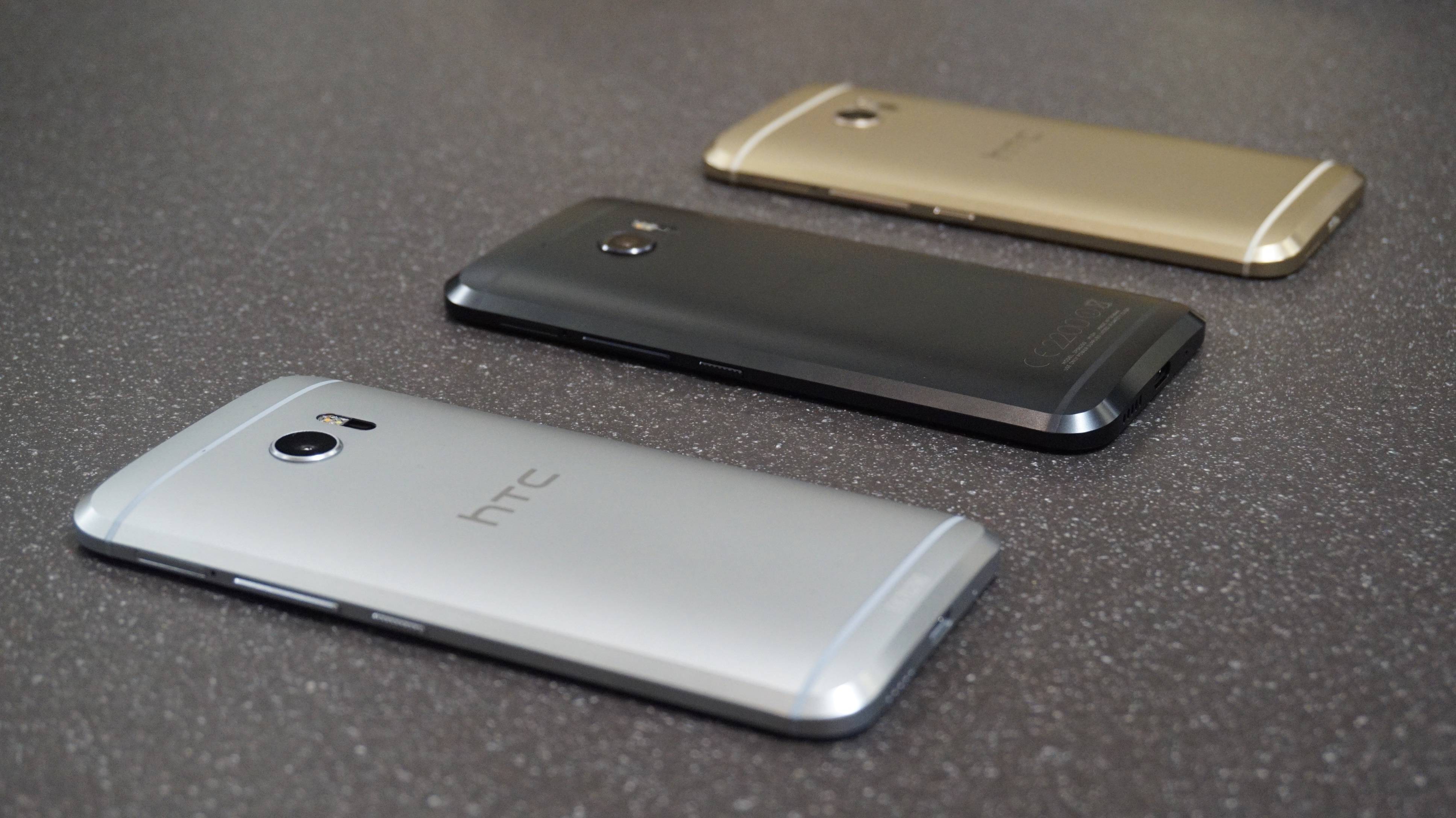
So the month is July, and we can say that we’ve had more than half of the year passing us by already. We’re listing down what we have in terms of absolutely top-of-the-line smartphones, and see if there’s something in there worth pushing for a flagship upgrade. Just this caveat, and you may know this already – if you own a 2014 or 2015 flagship, chances are you might not need an upgrade yet, as your phone can probably hack whatever app developers throw your way. But if you really must have the latest and greatest, this list is for you to consider. Or you can always use this list for dreaming, because that works too.
Samsung Galaxy S7, Galaxy S7 edge
If we’re basing this on what’s most popular, a Samsung device would probably at the top of the list or thereabouts. The top smartphone in the Korean gadget giant’s arsenal is the Samsung Galaxy S7 and its edgier cousin, the Galaxy S7 edge. There’s really not much to differentiate between the two models save the bigger, edgy screen on the S7 edge and the USD$580/USD$660 pricing – so we just lumped them together.

The Galaxy S7 and S7 edge are the standards for Android phones this year. It seems like Samsung finally got the little things right with this pair. You get a 5.1-inch screen on the Galaxy S7 and an edgy 5.5-inch screen on the S7 edge – both are the top AMOLED screens you can get at QHD resolution. Samsung learned from their mistakes and brought back expandable microSD storage, and you get a camera combo that tops the others in low-light performance. The processor is either a Qualcomm Snapdragon 820 or a comparable Exynos 8890 octa, which is the most boring part of the spec list because almost all the phone in this list have exactly that.

The S7 has a 3,000mAh battery while the S7 edge boasts has one with 3,600mAh, generous in today’s landscape, and quick charging technology all around. It seems that the very much toned down TouchWiz interface (Android Marshmallow underneath) also gives you good battery life, as users have raved about it. There’s IP68 waterproofing, but you won’t see any bit of rubber on the full metal build – which is truly gorgeous.
LG G5
Where to begin with the LG G5? Korea’s “other” giant smartphone manufacturer was going for something truly unique with the G5, and it looks like they got it. A semi-modular build on LG’s current flagship surprised a lot of us, and it proves that manufacturer’s still have the guts to put out something truly novel.
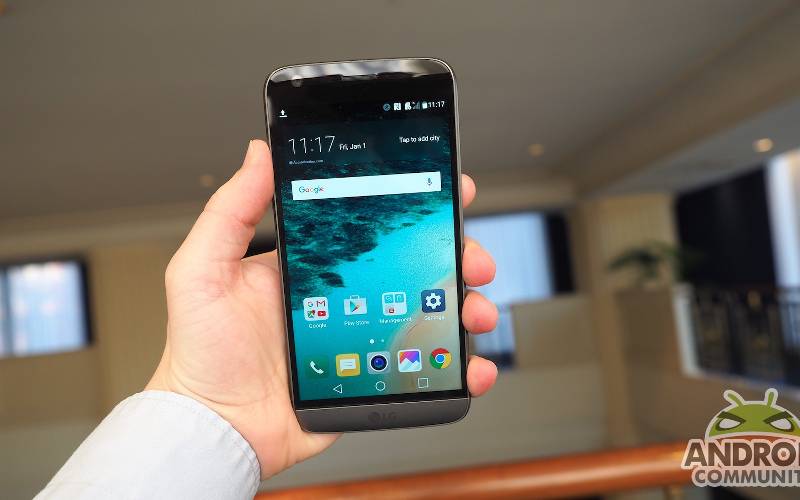
Front and center for the LG G5 is a 5.3-inch Quantum IPS LCD at QHD resolution. Underneath the hood is the expected Snapdragon 820 with 4GB RAM as support and 32GB as base storage. LG finally threw out the plastic and went with metal on this build, although they went through some flak at the “microdizing” process they gave the parts of the build which were still plastic (like the antenna on the back). They also went back to side buttons, moving away from the rear-mounted power button and volume rocker that was so prominent in the LG G3 and G4.

The trick on this phone though, is the modular approach to the replaceable battery. At the bottom edge, a piece of the smartphone slides out at the press of a button, battery included. That piece can be replaced with the G5’s “Friends” which include G5 CAM Plus that offers a better grip when using the G5 as a camera as well as dedicated physical controls for recording, zooming, and the Hi-Fi Plus with B&O Play add-on, which gives the G5 its own 32-bit DAC for supremely high fidelity audio. It’s pretty slick, and you might want to choose the G5 just for this new feature.
Sony Xperia X Performance
If we’re really being honest, Sony’s flagship effort this year kinda reflects its downward performance in the market, and it’s all a bit disappointing. The Japanese manufacturer ditched the Xperia Z series and ran with the new Sony Xperia X line, the most powerful of which is the Sony Xperia X Performance. But we warn you not to expect too much.
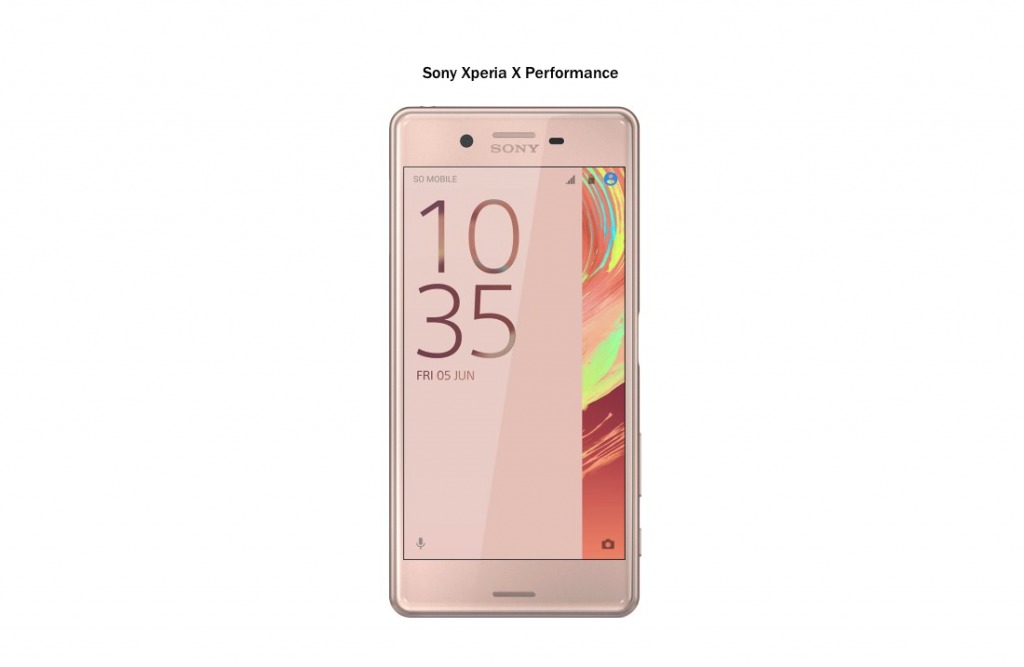
The Xperia X Performance has a 5-inch IPS LCD FullHD (1080p) screen – yes this is a smallish phone, with a nod to the Xperia Z compact line of devices. Underneath is a Snapdragon 820 processor backstopped by 3GB RAM and 32GB base storage. What it boasts of is the latest and greatest Sony Exmor 23MP camera sensor, giving this smartphone some oomph in the camera department.
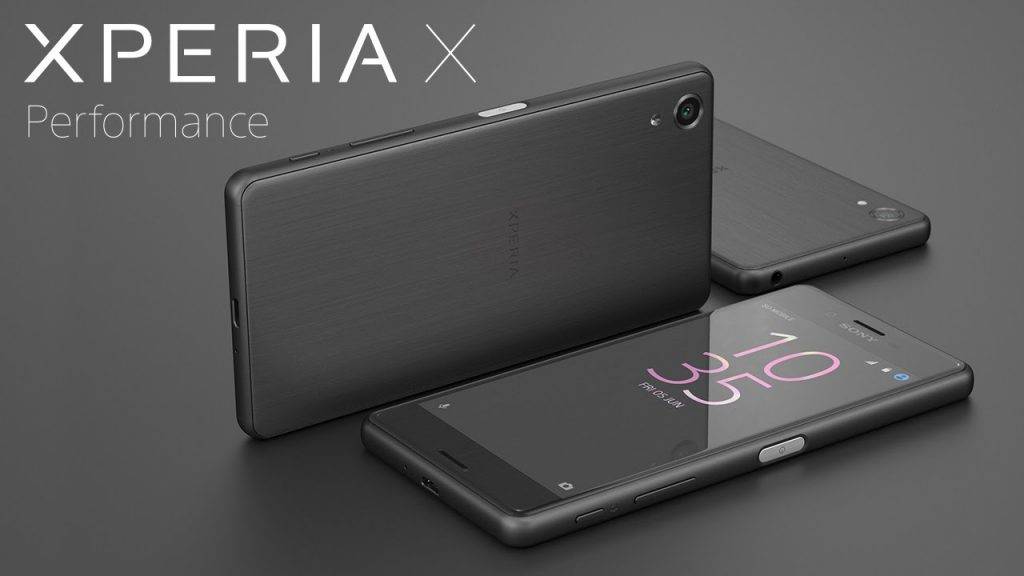
That said, at USD$647, it feels like Sony is giving you less for the same flagship prices it had before. At least with the Xperia Z3 and Z5, you were getting a bigger screen and a gorgeous build, with a top-of-the-line display. Somehow the Xperia X Performance really does not justify the price you pay for a flagship phone.
Lenovo Vibe X3
Lenovo has yet to launch a truly flagship level, and the Lenovo Vibe X3 might be the closest thing to a top tier phone you will get from the Taiwan-based manufacturer. Of course, they also own the Motorola brand, but that’s for another section. The Vibe X3 might straddle the top of the midrange line, but it doesn’t mean there’s nothing to like about the phone. In fact if you’re on a budget but still want a top level phone, the Vibe X3 might be one of your options.

The Vibe X3 gives you FullHD resolution on its 5.5-inch LCD screen. That in turn is powered by a hexa-core Snapdragon 808, supported by 3GB RAM and 32GB internal storage. It has a competent 21MP/8MP camera combo and a generous 3,500mAh battery that keeps the lights on. It has all the bells and whistles of a flagship as well – speedy LTE connectivity, quick charging, and even a fingerprint sensor – so you won’t really be suffering from a lack of features.
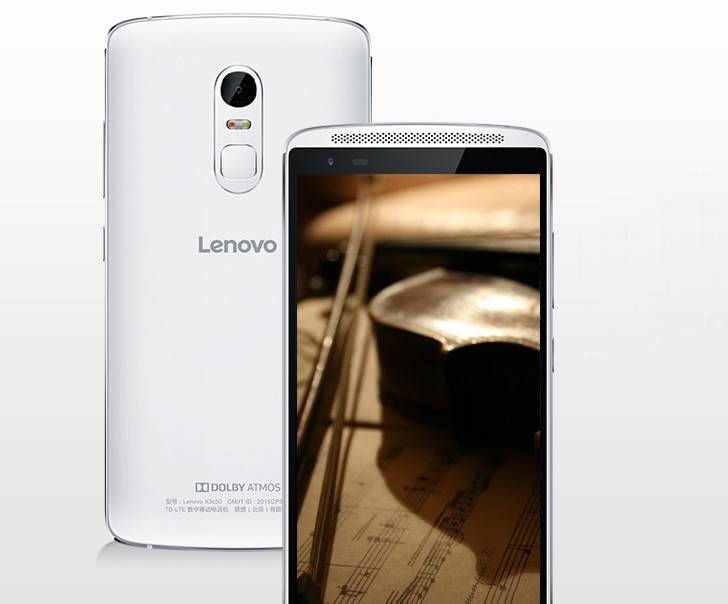
What it lacks in processor power, it makes up for some serious audio mojo. The Vibe X3 boasts of an ESS Sabre 9018C2M DAC (digital to analog converter) which takes over if you listen to high quality audio. The front-facing speakers are impressively loud and play your music straight to your face, none of that down-firing silliness. If you’re looking not to spend so much, the Lenovo Vibe X3 can be had at a relatively non-flagship price of USD$390.
Moto Z Droid, Moto Z Force Droid
If you had doubts whether Lenovo’s Vibe X3 was indeed a flagship level phone, those doubts will not be needed when looking at the Moto Z Droid and Moto Z Force editions. Lenovo has since acquired the Motorola brand and their putting out what are their best two phones for 2016, and they are undoubtedly top tier monsters.

In most specs, the Moto Z Droid and Force Droid are alike. That includes the 5.5-inch AMOLED screen in punchy QHD resolution, the Snapdragon 820 processor, 32GB internal storage (expandable to 2TB via microSD), USB Type C connection, and the 5MP front camera. The Moto Z Droid will have a lesser 13MP camera and a slightly smaller 2,600mAh battery. The beefier Moto Z Force will feature a 21MP main camera and a 3,500mAh battery.
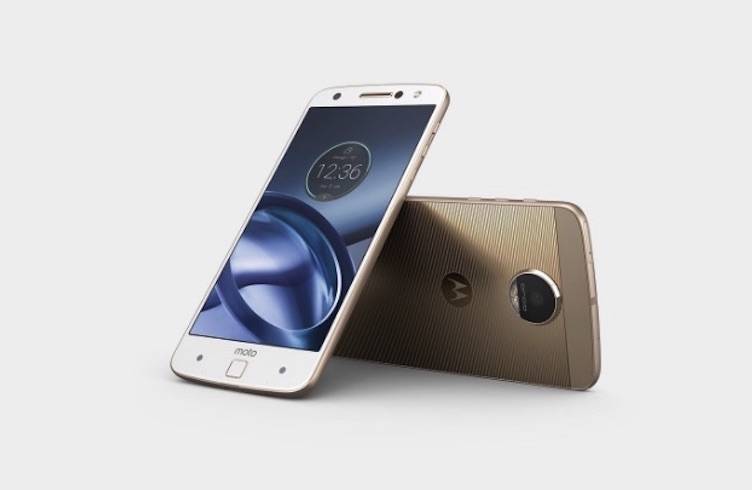
The trick up the Moto Z’s sleeve is that it has no headphone jack – if you’re expecting the normal 3.5mm audio jack. It’s the first phone to skip that in its build, opting to run the audio through the USB Type C connector. But since the phone will ship in September 2016, we still have no idea if the audio is indeed clearer through the USB port. The phones were announced in June, but we still have to wait two more months to actually see one.
Huawei P9
The Huawei P9 is the top tier phone coming from one of, if not the, best performing Chinese company last year. And with the P9, you get one of the best performing hardware in the first two quarters of 2016, thanks to Huawei’s own Kirin processor.
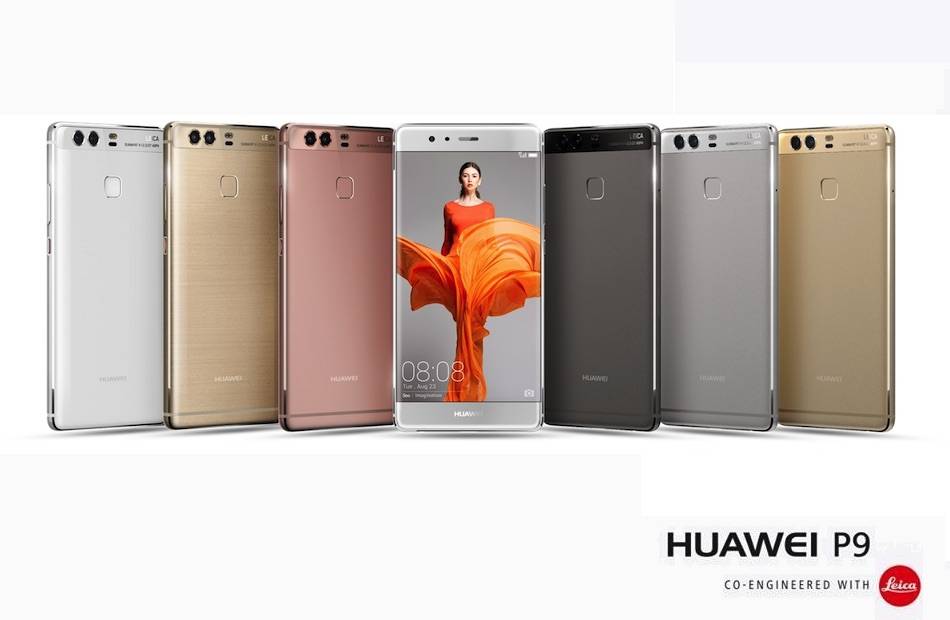
Front and center on the Huawei P9 is 5.2-inch IPS LCD display, but only in FullHD (1080p) resolution. Some tech pundits say that the smaller and less pixel-dense screen is the reason why the Kirin 955 octa-core process kicked the other chipsets’ collective backsides. Be that as it may, the Kirin 955 is a speed demon, supported by up to 4GB RAM on the top variant, plus up to 64GB storage.
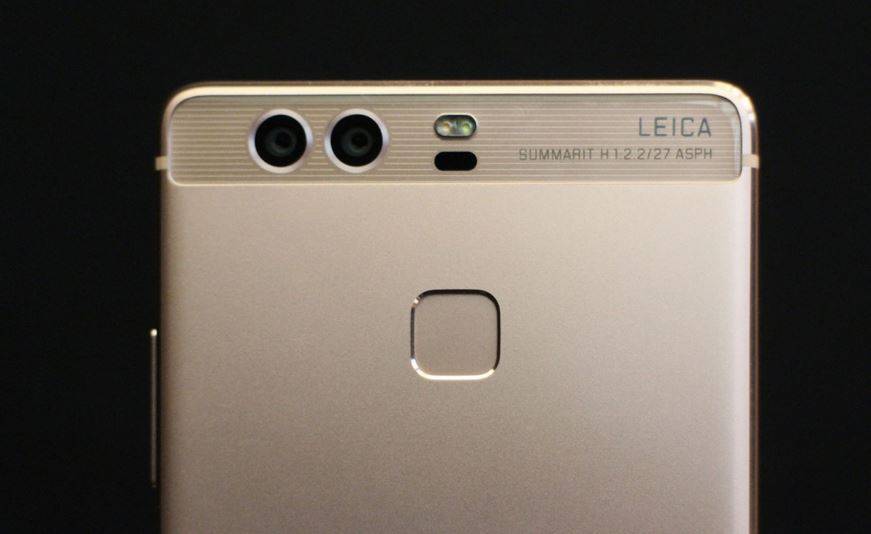
The Huawei P9’s top (but controversial) feature is the dual 12MP lens Leica camera on the back. There were some rumors about the camera module not actually made by the German optics specialists, but camera tests gave good results, notwithstanding the role Leica actually played (or did not play) in designing the technology. And for around USD$500, this is actually a very good phone to have.
Xiaomi Mi 5
The Xiaomi Mi 5 is the flagship from the other serious Chinese competitor in the market, and it has become quite the favorite of those who like smaller form factors, and curiously even better than the Sony Xperia X Performance. The small form factor does not distract from the fact that this is a gorgeously-designed phone, credit to Xiaomi and the great 2016 they are having.

Like Sony’s flagship, you get a 5-inch IPS LCD screen at FullHD resolution. It’s not QHD, but it’s a vibrant enough display. It’s the curved back and the very thin side bezels that actually make the phone so gorgeous to look at. Underneath the hood you find the familiar Snapdragon 820, plus 4GB RAM on the Pro edition, and a whopping 128GB of internal storage. The phone may be small, but it packs some serious hardware inside.
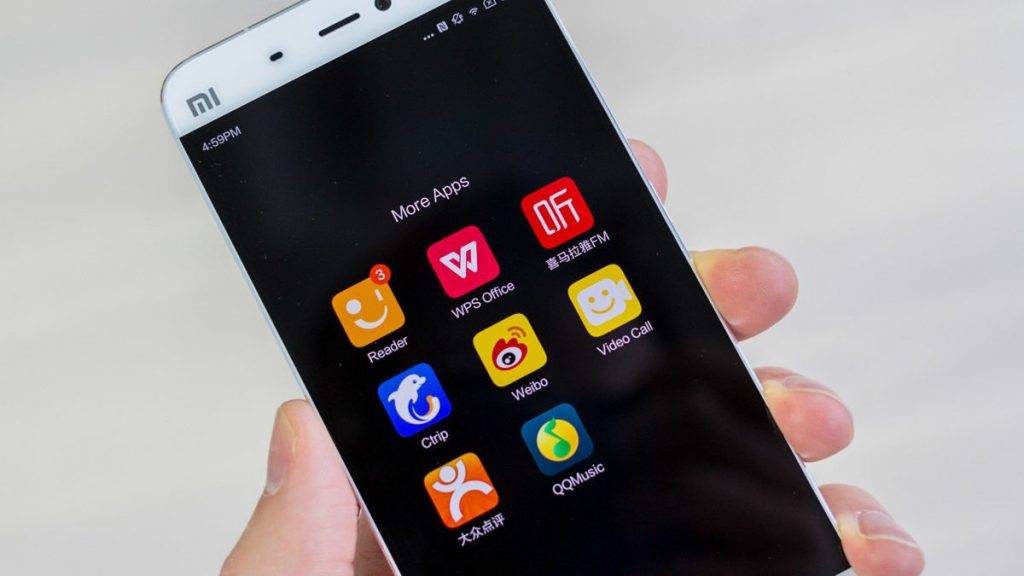
The Xiaomi Mi 5’s trick is its pricing – at USD$375, it is way cheaper than most flagship options. The only thing you’re giving away is the screen size and the pixel density. Then again, if you’re the type who likes smaller phones, that’s not necessarily a bad thing. With most flagships priced at the USD$500 range, the Xiaomi Mi 5 is a strong argument.
HTC 10
Go back a year or so ago and we were actually wondering if HTC was going to survive the drought that it was suffering, teetering on the edge of irrelevance in the smartphone market. The situation was brought about by two mediocre flagships in the HTC One M9 and the HTC One A9. The reviews and sales of the One M9 was so bad early 2015 that the Taiwan-based outfit had to release a follow-up phone September of the same year to make up ground in the market. We were wondering where HTC would go from there. Fortunately with the HTC 10, they hit this one out of the ballpark.
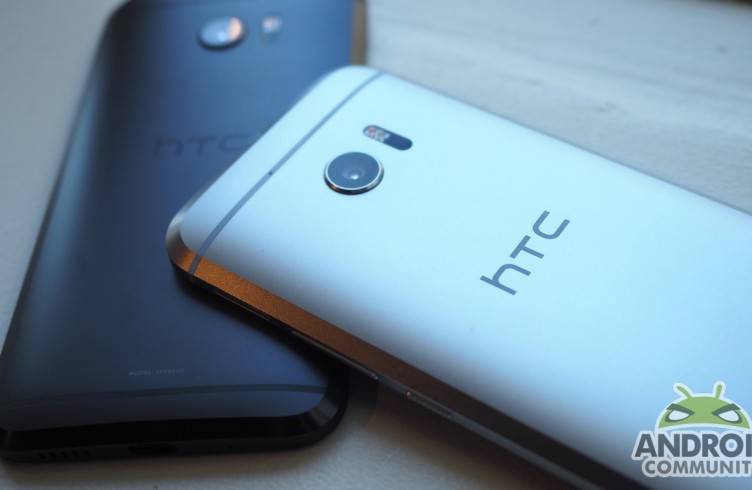
It seems like the HTC 10 (yes, they dropped the old naming convention and just went with the number 10) was the HTC One refresh we were expecting the One M9 to be. They got all the design cues and hardware specs right on this one. We’re looking at the signature all-metal unibody design, but with subtler curves at the back. They had to come with the best hardware, and we’re treated to a 5.2-inch Super LCD5 display with 2K resolution right up front. That’s powered predictably by a Snapdragon 820 processor, 4GB RAM and 64GB internal storage, with microSD expansion. It had to be the best for the HTC 10 to matter.
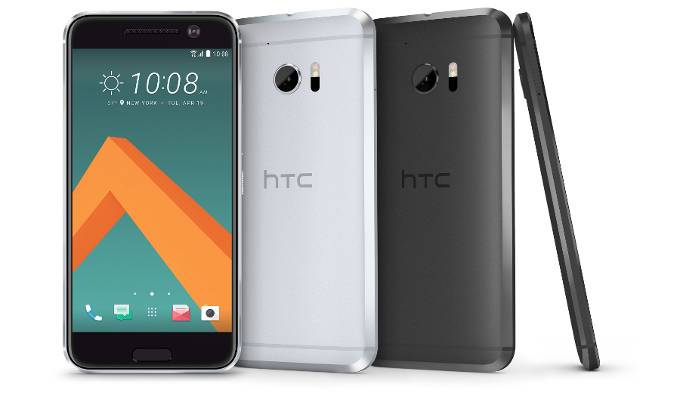
Add to that, you get USB Type C, UltraPixel technology for the 12MP/5MP camera combo, and high fidelity audio coming from the DSP and DAC, twice the audio processing oomph of the One M7. It’s what HTC needed to become relevant again, and people are actually talking about the HTC 10 and loving the phone again. At USD$699, it is a bit on the pricey end of flagships, and it feels like HTC needing to recoup its losses. But you can’t really deny that it’s an awesome phone.
OnePlus 3
The OnePlus 3 is probably the most recently launched among the flagships, and we certainly did not keep the least for last. OnePlus, being a relatively young company, got over the sophomore hump with a solid second phone in the OnePlus 2 and the small but stylish OnePlus X. Now they’re bringing the “flagship killer” title with the OnePlus 3, a seriously robust phone in specs, but one you can get at less than USD$500.
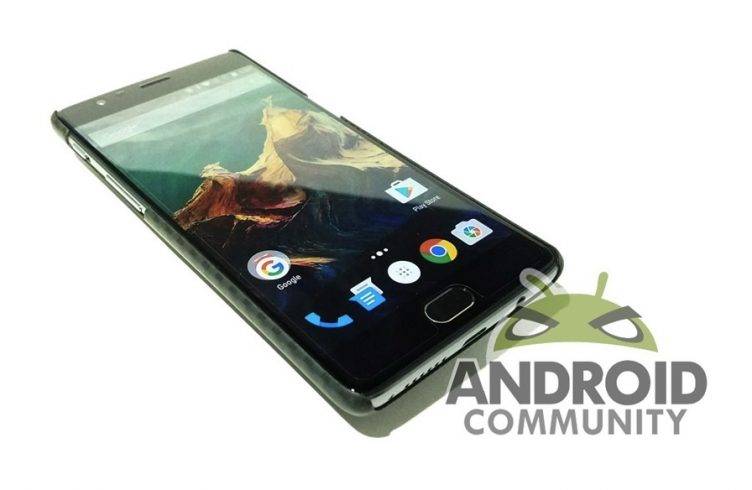
Firstly, the OnePlus 3 is a standard sized phone, with a 5.5-inch Optic AMOLED screen that’s at 1080p resolution (because they had to cut costs somewhere). Inside the heart of the device is a Snapdragon 820 processor, with a whopping 6GB RAM, more than any flagship listed here. It has 64GB internal storage, with no expansion slot. There’s a competent 16MP/8MP camera combo, a fingerprint sensor, USB Type C, and a return of NFC (which was not available on the OnePlus 2).

The highlight of the device is that the company has done away with the annoying and frustrating invite system. The OnePlus 3 is available for straight purchase, something that the company has not done in the two earlier iterations of their flagship killers. That only makes the argument for the OnePlus 3 a strong one, since you are now able to directly order a kickass phone at lower-than-flagship pricing.










“The S7 and S7 edge boasts of a 3,600mAh battery, generous in today’s landscape, and quick charging technology all around”….
I don’t believe the S7 has a 3600mAh battery. Fix it
You are correct, the regular S7 has a 3000 mAy battery vs the S7 Edge’s 3600mAy battery.
I can’t wait for the Moto Z Force
Holding out for the Nexus by HTC codenamed “Marlin”. AMOLED display, 4 GB RAM, Android N right out of the box, and a 5.5 inch screen? Ssounds perfect!